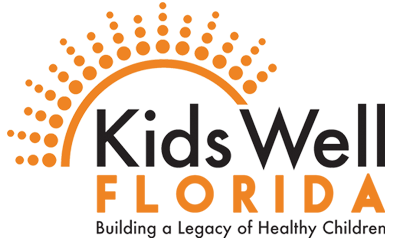BY Daniel Chang
Miami Herald 11/12/2014
Hispanic children in Florida are more likely to lack health insurance than their cohorts in most other states, according to a study released Wednesday by the Georgetown University Health Policy Institute’s Center for Children and Families, which found that nearly 168,000 Hispanic children in the Sunshine State are uninsured. Researchers found that the nation has reduced the number of uninsured Hispanic children by about 500,000 from 2009 to 2013 — even while the U.S. population of Hispanic children grew by about one million during the same time period.
But that progress has been uneven, the study reports, with some states reducing their rates of uninsured Hispanic children to levels below the national average of 11.5 percent while others, including Florida, remain above that benchmark.
Florida’s rate of uninsured Hispanic children younger than 18 was 14.4 percent in 2013, ranking the state 44th among the 50 states and the District of Columbia included in the study.
Related Read the Report on Hispanic Children’s Coverage Florida gets D grade for preterm births The estimated total of uninsured Hispanic children in America is 2 million, according to the study, and more than 90 percent of them are U.S. citizens.
In perhaps the most troubling finding of the report, the majority of uninsured Hispanic children in America, about two of every three, are eligible for Medicaid through the Children’s Health Insurance Program — known as KidCare in Florida — but they are not enrolled, said Sonya Schwartz, a researcher at Georgetown University and lead author of the report. “If Florida wants to close the coverage gap for Hispanic kids,’’ she said, “the best thing it can do is Medicaid expansion.”
Schwartz said “one of the magic ingredients” for enrolling eligible Hispanic children in Medicaid and other health programs is to also include their parents. Another necessary element for enrolling eligible Hispanic children is a network of well-funded, community-based programs that provide outreach in Spanish, Schwartz said.





November 13, 2014
Blog